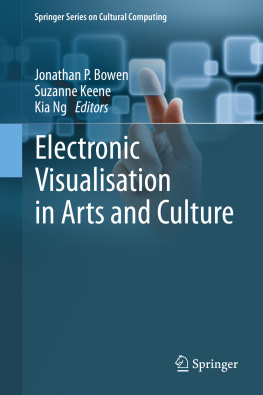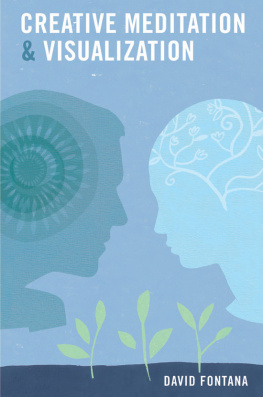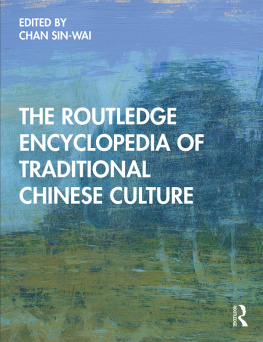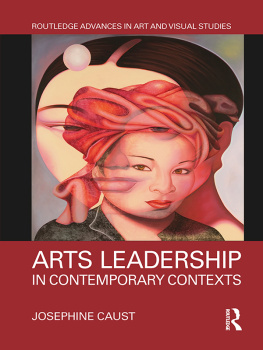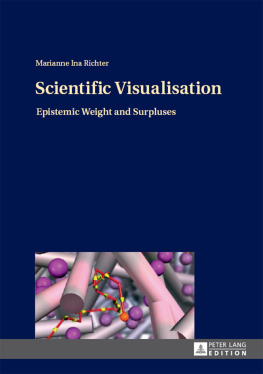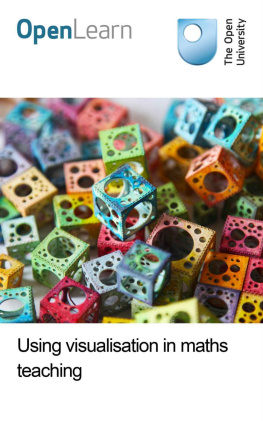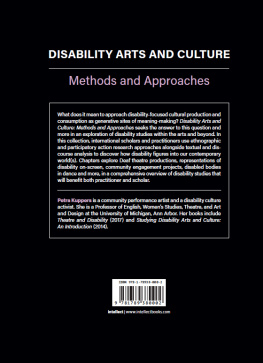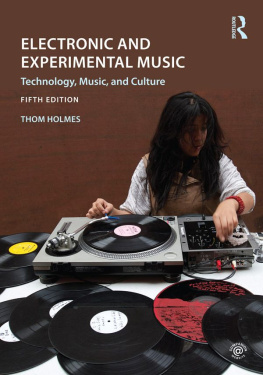Jonathan P. Bowen , Suzanne Keene and Kia Ng (eds.) Springer Series on Cultural Computing Electronic Visualisation in Arts and Culture 2013 10.1007/978-1-4471-5406-8_1 Springer-Verlag London 2013
1. The EVA London Conference 19902012: Personal Reflections
Abstract
This chapter focuses on the origins and early history of the EVA London Conference, as well as embracing its numerous EVA siblings across Europe and internationally. The EVA London Conference was born in the pre-web age. Its precursors lay in early work in architecture and engineering and work on colour change analysis in major museums. The EVA conferences were initiated from the European Commission funded research project, VASARI. For many years EU research funding supported EVA conferences to support innovation through networking between key people and organisations. EVA conferences have been held worldwide, and there are currently annual conferences in EVA London, Berlin, Jerusalem, Florence and Moscow.
Introduction
Born in the pre-web era, the EVA London Conference has, perhaps surprisingly, continued to survive and creatively evolve. In 2013, there is just over one year to its 25th annual event in July 2014. Its beginnings in 1990 at Imperial College of Science & Technology, London were quite modest with fewer than 50 art historians, conservation scientists, engineers, computer scientists and mathematicians gathered together, mainly from the UK but with a sprinkling from across Europe. This gathering was testimony to EVAs roots in the European-supported VASARI research project, as George Mallen describes in the Foreword. It is tempting to look both forward as well as backward on the context and history of EVA London. This chapter presents the beginnings and history of the EVA London Conference as well as its related EVA events in Europe and around the world.
Before EVA
The precursors of EVA London may be characterised as largely separate streams of scientific engagement with the cultural sector, to try to apply the promising capabilities of the rapidly developing Information and Communication Technologies (ICT) to bridge the great divide. These efforts notably included those of the Museum Documentation Association (MDA) in Cambridge. For a number of years the MDA had played a key role in the application of computers for the operational improvement of museum information systems, including establishing standards of vital importance. At that time these were limited mainly to alphanumeric systems.
From architecture (and engineering), serious work was already underway, with Computer-Aided Design (CAD) and Computer-Aided Engineering (CAE) entering the 3D world, and such approaches began to be applied early to archaeology as well. Notably, most early work was conducted in black and white and this, for the purists, was also the case for serious art history, but colour digital images were arriving and increasingly became dominant. Computer research for art history itself was driven by real problems such as computer aided recognition of an artists works. In particular, Professor Will Vaughans pioneering MORELLI system at Birkbeck College in the 1980s was arguably in advance of the competing IBM research of the period. However, the longest-standing relationship between art and computers had been initiated early on by computer artists and merits careful historical attention, for instance the study of pioneering British computer artists in the CACHE Project []. For the EVA Conferences, however, the research stream which primarily led to their creation was the new digital signal processing technologies, including those used for colour change analysis and its display, being carried out by conservation scientists in the laboratories of major museums.
The VASARI Project
Motivated by the complementary aims of Europe, and, even more strongly, to contribute to closer union between arts and sciences, planning was initiated for a Beyond the State of the Art research project to be supported by the European Commission. Preparatory work continued for nearly two years before a proposal was submitted to the ESPRIT Programme (the computing forerunner to the later European Commission ICT Framework programmes). This initiative became the VASARI research project on ultra-high quality imaging of paintings for conservation purposes and also for computer support of art history education. Partners were an industry museum/university partnership from France, Germany, Italy and UK including scientists from the Doerner Institute, Munich (Andreas Burmester), the Louvre, Paris (Christian Lahanier), and the National Gallery, London (David Saunders), led by a small UK company. The project was skilfully baptised by David Saunders as Visual Arts System for Archiving & Retrieval of Images in homage to the great Giorgio Vasari, the father of art history. A specific aim of the project was to help open the way for subsequent ICT research projects, to be driven by stimulating requirements from the heritage world. Key to achieving this goal was not just to disseminate the projects results but to facilitate networking between key people and organisations enabling them to share experiences, plans and dreams: a leitmotiv of EVA London.
The EVA Conferences
The context of the 1990 EVA London Conference (Electronic Imaging & The Visual Arts, subsequently evolving to its current title) included dramatic technology advances resulting from increasing efforts to build the European Union towards the Single Market of 1992, pushed by the Cold War and the fall of the Berlin Wall. In pursuit of international openness, the first EVA London Conferences were scheduled in late July to increase participation by North American and Japanese researchers visiting Europe in the summer; this worked well, especially at the second EVA London in 1991 at University College London, UCL, which included an impressive exhibition of new advances organised by the Co-chair, Anthony Hamber of Birkbeck College. A further step proved decisive for EVA Londons success from 1992 to 1997: the move to holding these annual EVAs in the beautiful surroundings of the National Gallery, London, which was also launching its acclaimed Micro-Gallery Electronic Visitor Information System, sponsored by American Express.
International Diffusion
During the mid to late 1990s the EVA Conferences spread across the EU Berlin, Brussels, Florence, Madrid and Paris. Many of the enthusiastic local organising committees and supporter groups had participated in one of the early EVA London events. The events were supported by apparently never-ending waves of new computer and telecommunications technologies as well as continuing support from the European Commission. In 1998, the EC requested a regional approach regarding Europe, and EVA Florence (1998) and EVA Berlin (1999) were selected in turn to be the main EVA Conference site. This provided, inter alia, a solid foundation for their continuation as annual EVAs up to the present, led by the University of Florence (Professor Vito Cappellini) and GfAI (Professor Gerd Stanke). Simultaneously the EC also decided to support the expansion of the EVA Conferences outside the EU and in dizzying succession, EVA Conferences were held in Japan (Gifu Prefecture), Austin, Texas and Moscow. The latter (led by Nadia Brakker and Leonid Kubyshev) continues to retain its place as the largest single EVA with some 600700 participants, an astonishingly wide range of cultural areas covered, and a major focus on students. However, the record-holder is still the first EVA Japan with some 1,000 participants due to massive local and national support.

